Imagine standing in the dappled light of a dense forest, feeling the crunch of leaves beneath your feet. You’re walking a path that’s older than every city in America, older than the United States itself. But this isn’t an old cobblestone street or a forgotten wagon trail—it’s something far more ancient and extraordinary. The oldest roads in America aren’t highways or historic Main Streets; they’re etched into the land by forces and feet we rarely think about. Get ready to uncover a story that twists and turns through time, nature, and history, revealing that the real ancient highways run far deeper than pavement.
Trails Carved by Ice and Water

Before any human set foot on the continent, glaciers and rivers were already shaping the land. The retreat of massive ice sheets at the end of the last Ice Age carved out valleys, ridges, and natural corridors. These glacial paths became the first “roads,” guiding animal migrations and, eventually, human travel. If you’ve ever driven along a winding river or hiked a valley, you’ve likely followed a route first etched by water and ice, not by people. These ancient routes remind us that nature laid the groundwork for movement long before humans claimed the land.
The Footpaths of Megafauna

Long before modern wildlife, North America was home to mammoths, mastodons, and giant ground sloths. These massive creatures forged their own highways across the continent, following the best terrain between grazing grounds and water sources. Scientists have found that many modern trails and roads actually follow the same paths as these prehistoric giants. It’s wild to think that the route you take to work might trace the footsteps of a long-extinct mammoth, blending ancient animal instincts with modern human needs.
Native American Trail Networks
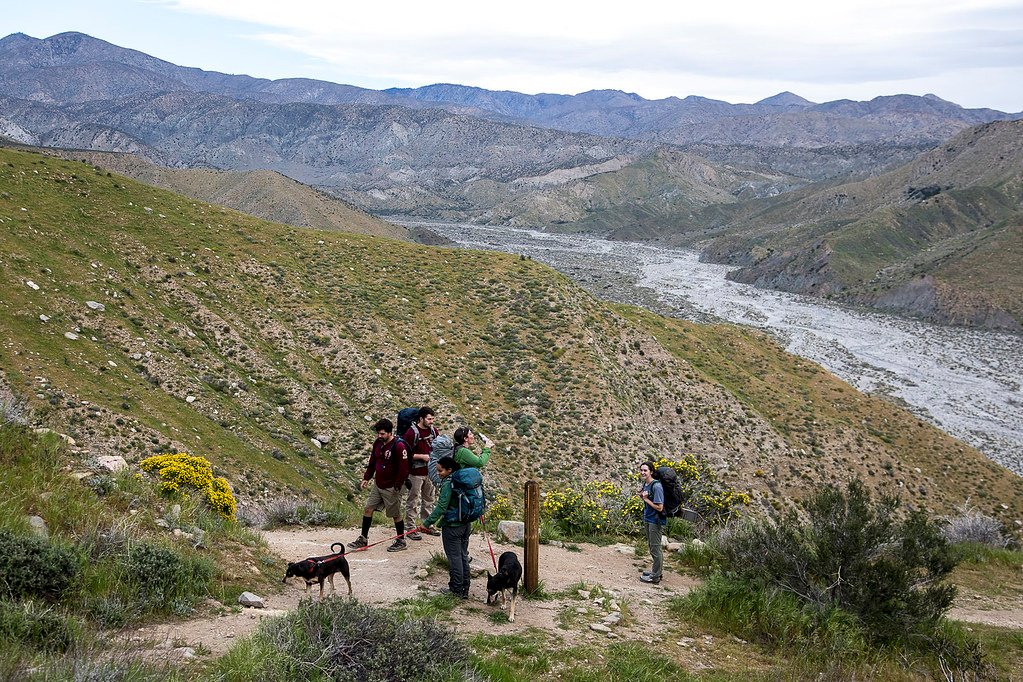
Long before European settlers arrived, Native American tribes had already built a vast network of footpaths connecting distant regions. These trails weren’t just for local travel—they spanned hundreds of miles, linking communities as far apart as the Great Lakes and the Gulf Coast. The Natchez Trace, for example, was a crucial corridor for trade, communication, and cultural exchange. These routes were so skillfully chosen that many modern highways and interstates still follow their lines, proving the genius of Indigenous engineering.
The Appalachian Trail’s Ancient Roots
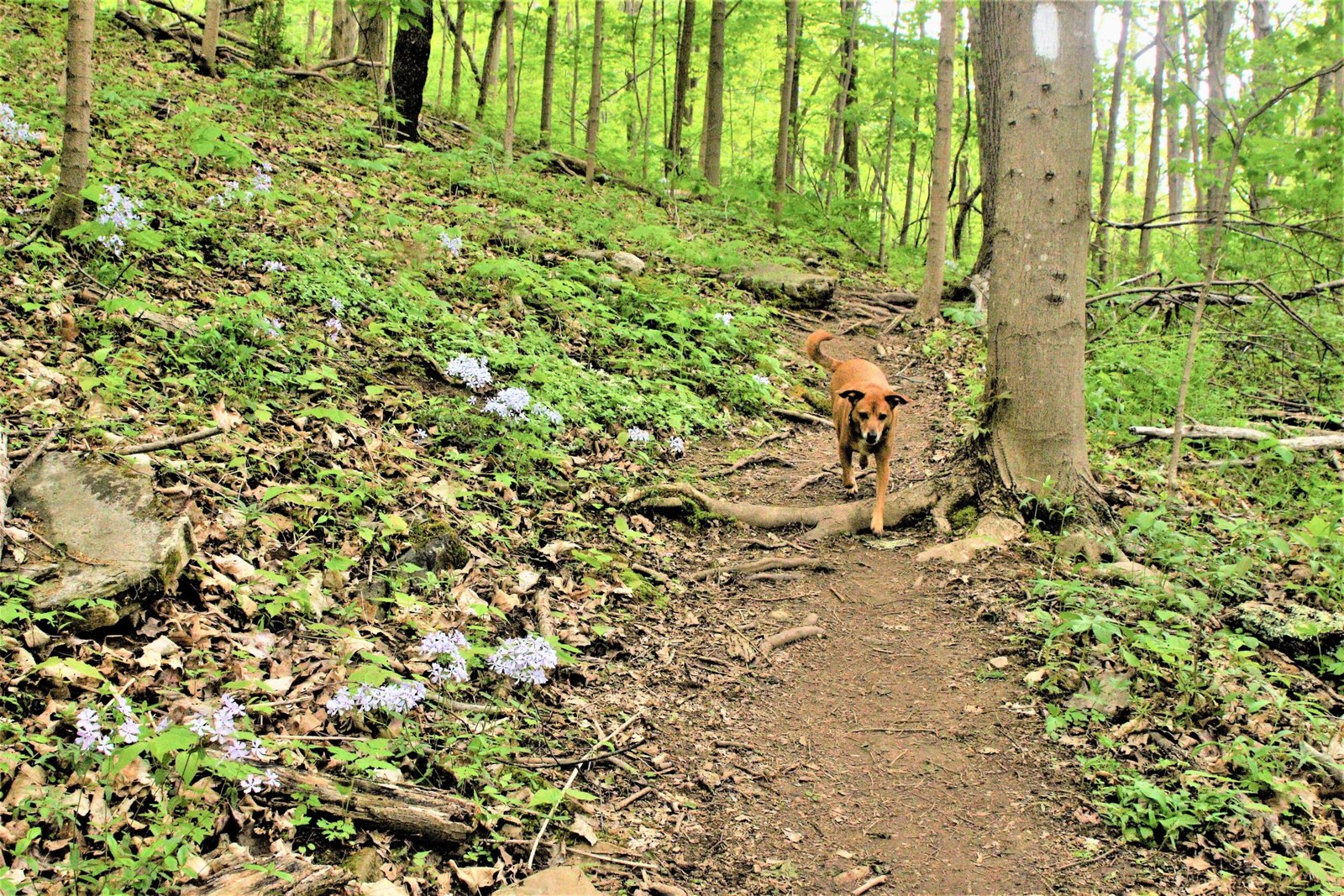
While the Appalachian Trail is famous as a modern hiking marvel, its roots go back thousands of years. Indigenous peoples used segments of this mountain chain for seasonal migrations, hunting, and trade. Scientific studies of trail alignments show that many sections follow ancient ridgelines and passes. Walking the Appalachian Trail today isn’t just a hike—it’s a journey on the backbone of America’s oldest highways, layered with stories of those who walked before.
Buffalo Traces and Hidden Highways

Buffalo, once found in massive herds across the American interior, carved out their own network of trails—sometimes called “buffalo traces.” These wide, well-worn paths cut through forests, crossed rivers, and skirted mountains, often becoming the easiest way for humans to navigate the landscape. In places like Kentucky and Indiana, some modern roads still follow the buffalo traces, a hidden legacy of the animals that shaped America’s travel routes long before cars or wagons.
The Great Indian Warpath
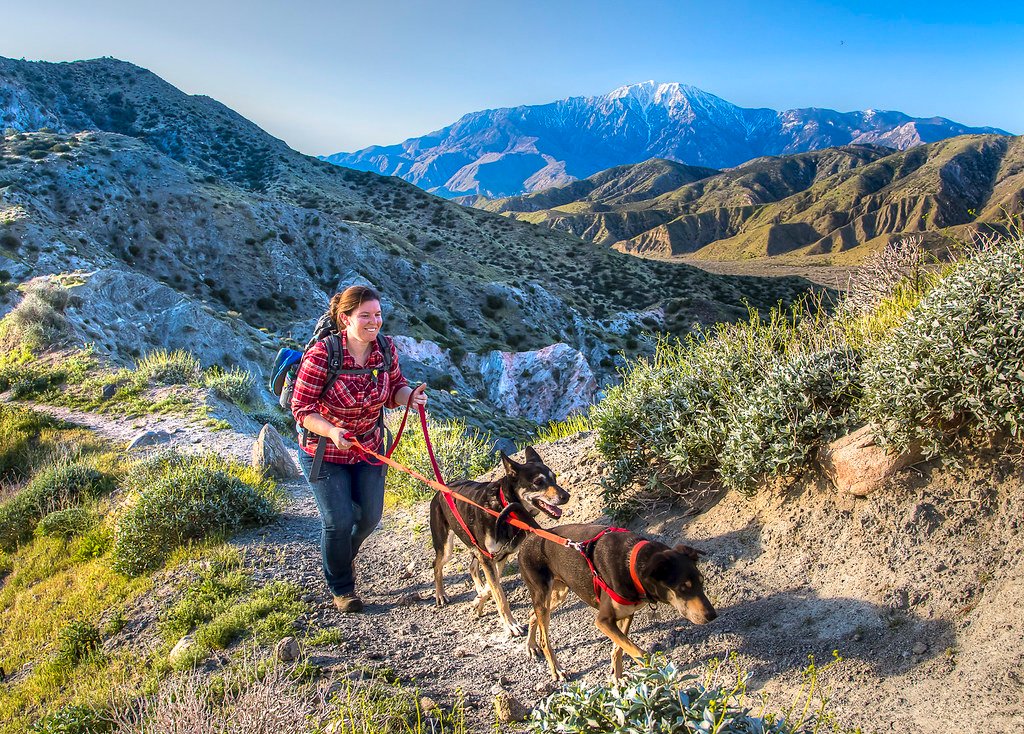
One of the most historic Native American routes is the Great Indian Warpath, stretching from New York to Alabama. Used for travel, trade, and sometimes conflict, this path is a testament to the sophisticated planning of Indigenous nations. Archaeologists have uncovered evidence of trading posts, settlements, and gathering places along its length. Today, stretches of highways and small-town roads unknowingly overlay this ancient artery, weaving modern life with centuries-old movement.
The Role of Geography in Ancient Roadways
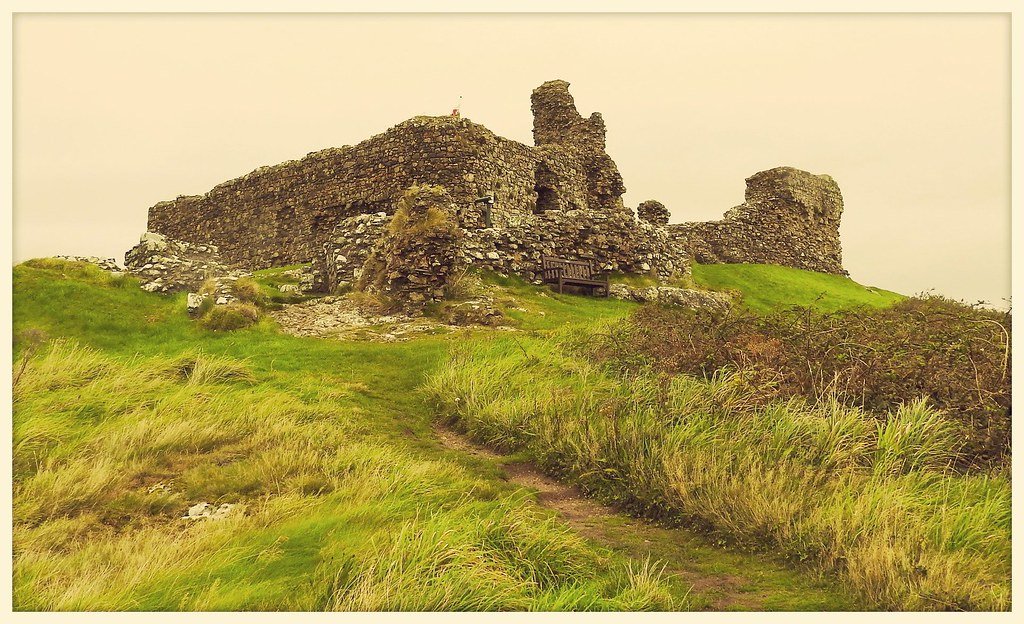
Geography dictated where ancient roads would form. High ground, river crossings, and mountain passes all played a part in determining the best routes. Even without modern maps, early travelers had a keen sense for reading the land. They avoided swamps, skirted rugged terrain, and followed natural contours, making their paths the most logical and efficient. Modern satellite imagery often reveals these patterns, showing that our ancestors were expert navigators of the wild.
Trails of Trade and Survival

America’s oldest roads weren’t just for migration—they were economic lifelines. Salt, flint, shells, and other resources moved along these paths, fueling trade between distant cultures. The Hopewell and Mississippian cultures, for example, built mound cities connected by well-worn routes. These weren’t random trails; they were carefully maintained corridors, sometimes marked with earthworks or stone piles. Trade was more than business—it was the glue that held ancient societies together.
From Footpath to Wagon Road
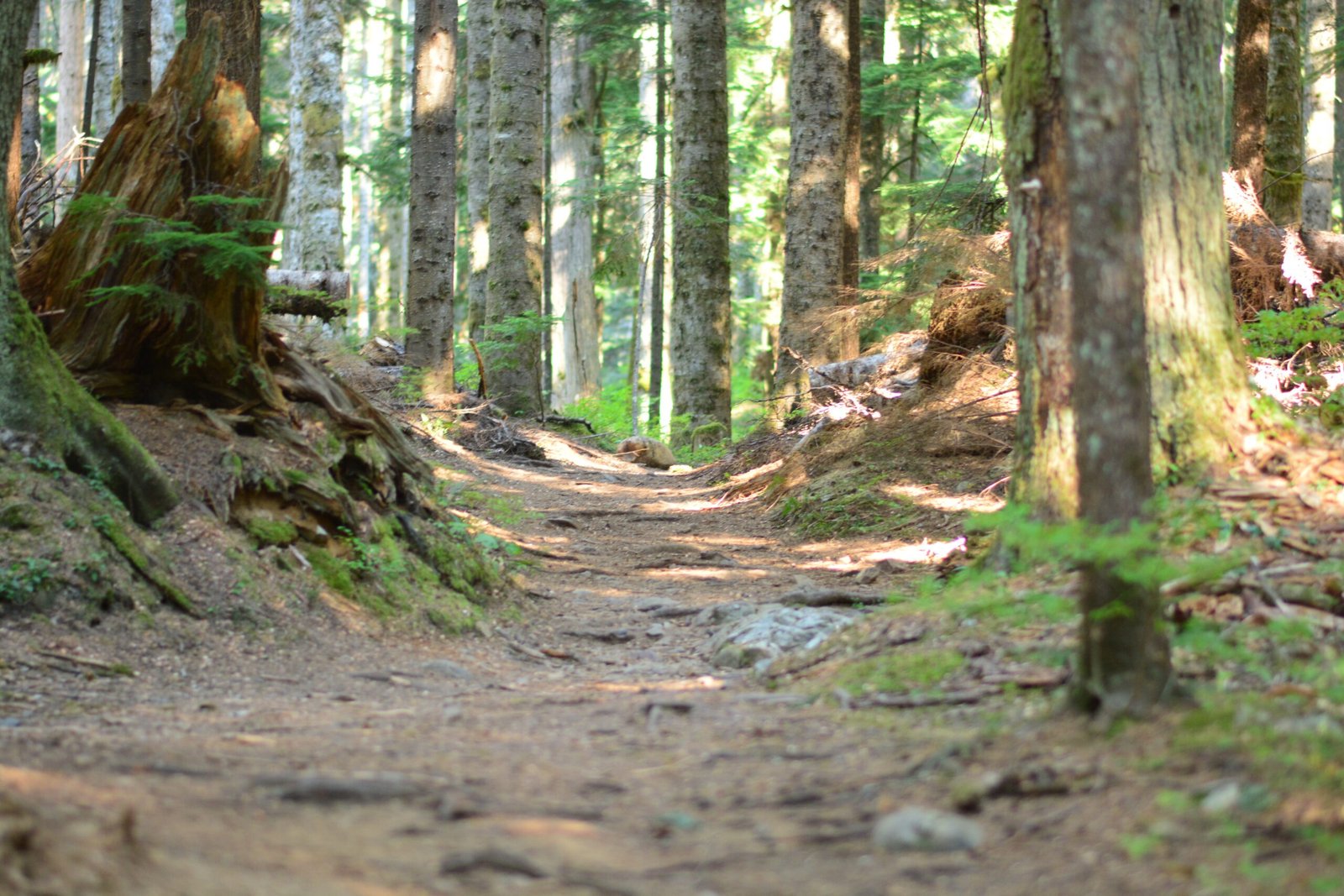
As European settlers arrived, they quickly adopted and expanded Native American trails. What began as narrow footpaths widened into wagon roads, and eventually, paved highways. The Boston Post Road and the Wilderness Road are classic examples—both started as Indigenous trails. With every new layer of use, these roads kept their basic alignments, showing how good design stands the test of time, even as technology changes.
Migration and Manifest Destiny

During the 19th century, the westward expansion of the United States depended on finding the best routes through unknown territory. Pioneers often relied on Native guides and old animal trails, proving that ancient knowledge was essential for survival. The Oregon Trail, Santa Fe Trail, and California Trail all borrowed heavily from pre-existing paths. The myth of blazing new trails ignores the reality that most were rediscoveries of much older routes.
Lost Roads Rediscovered by Science

In recent years, scientists have used LIDAR, satellite imagery, and archaeological fieldwork to uncover hidden ancient roads. Dense forests and urban sprawl often hide these paths, but careful research brings them back to light. Some discoveries have rewritten local histories, revealing that what looked like a random clearing or ditch is actually part of a sophisticated transportation network dating back thousands of years. These finds spark wonder and remind us how much remains hidden beneath our feet.
Nature’s Highways and Modern Ecology

Old animal trails still play a surprising role in today’s environment. Deer, coyotes, and other wildlife often follow the same paths as their ancient ancestors, using them to move safely through fragmented landscapes. Conservationists study these routes to design better wildlife corridors, helping animals survive in a world increasingly shaped by humans. By protecting these “living roads,” we honor both the past and the future of the land.
The Cultural Memory of Ancient Paths

Roads are more than lines on a map—they’re stories passed down through generations. Local legends, place names, and oral histories often point to ancient trails that have faded from view. In some communities, annual festivals or reenactments honor these routes, keeping their memory alive. This cultural reverence adds another layer of meaning, reminding us that roads connect not just places, but people and time.
Walking in the Footsteps of Ancestors

There’s something deeply moving about walking an old trail, knowing you’re following in the footsteps of those who came before. Whether it’s a quiet forest path or a bustling city street, the layers of history can feel almost tangible. Some hikers describe a sense of connection or déjà vu, as if the land itself remembers each traveler. This emotional resonance is part of what makes ancient roads so fascinating—they’re bridges between worlds.
Modern Roads Built on Ancient Foundations
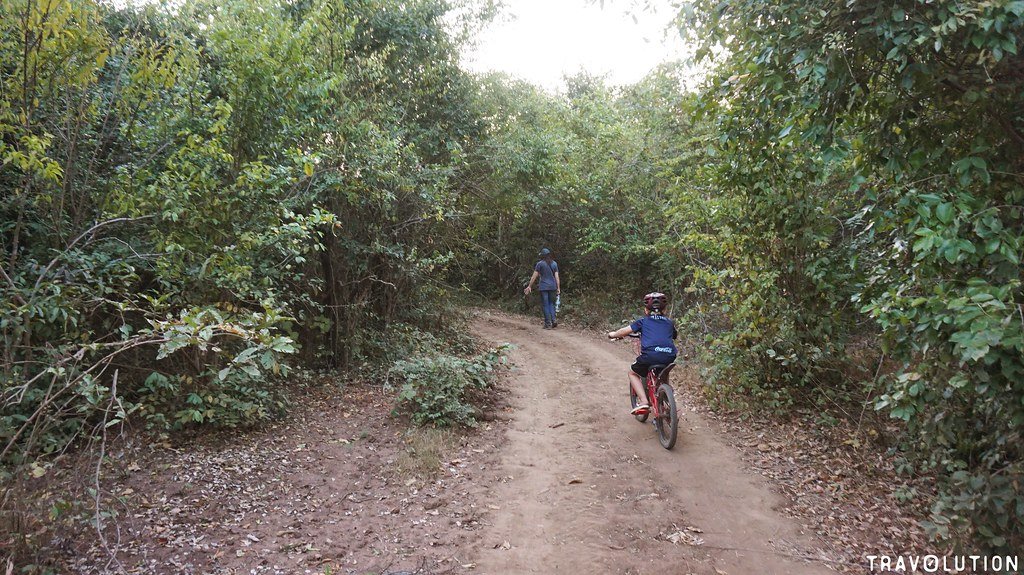
If you look at a map of America’s major highways, you’ll often see a strange echo of ancient trails. Interstates and railroads follow the same valleys, ridges, and gaps chosen by Indigenous peoples, animals, and even glaciers. The logic of the land hasn’t changed, only the vehicles. This continuity shows how much we owe to the wisdom of those who came before, even if we speed by at seventy miles an hour.
Why the Oldest Roads Matter Today
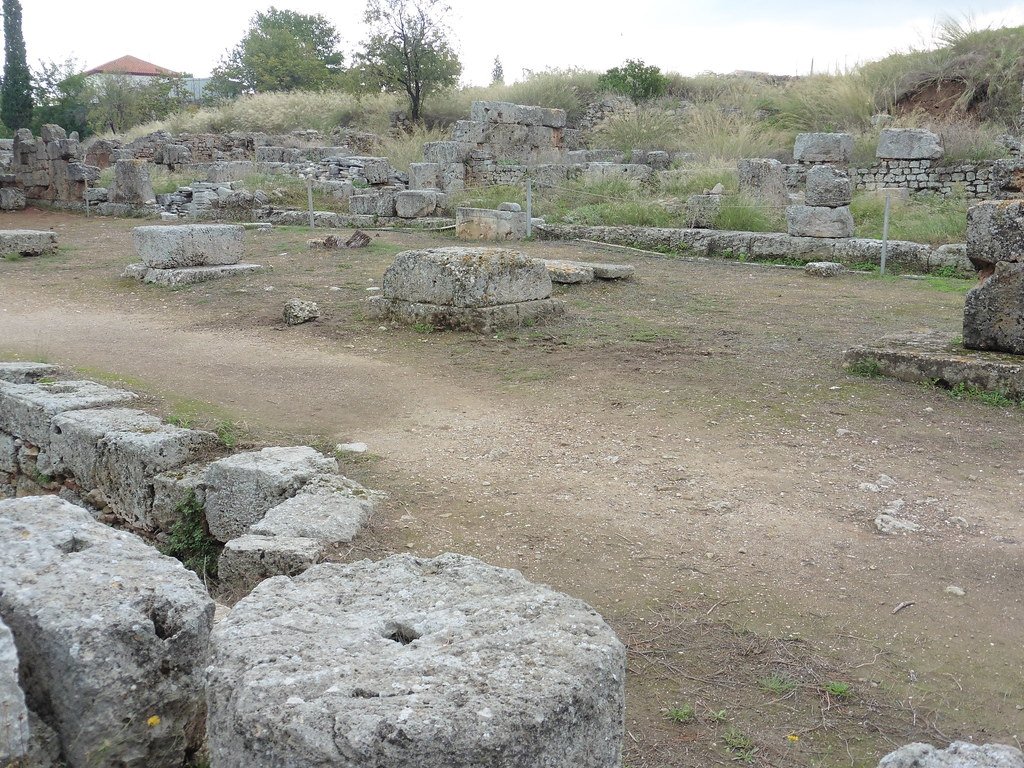
Understanding America’s oldest roads changes how we see the landscape. These aren’t just relics of the past—they’re living connections to nature, history, and each other. By recognizing the depth and richness of these ancient highways, we can better appreciate the land beneath our feet. They remind us to slow down, look closer, and remember that every journey is part of a much longer story.
Preserving the Legacy of Ancient Pathways
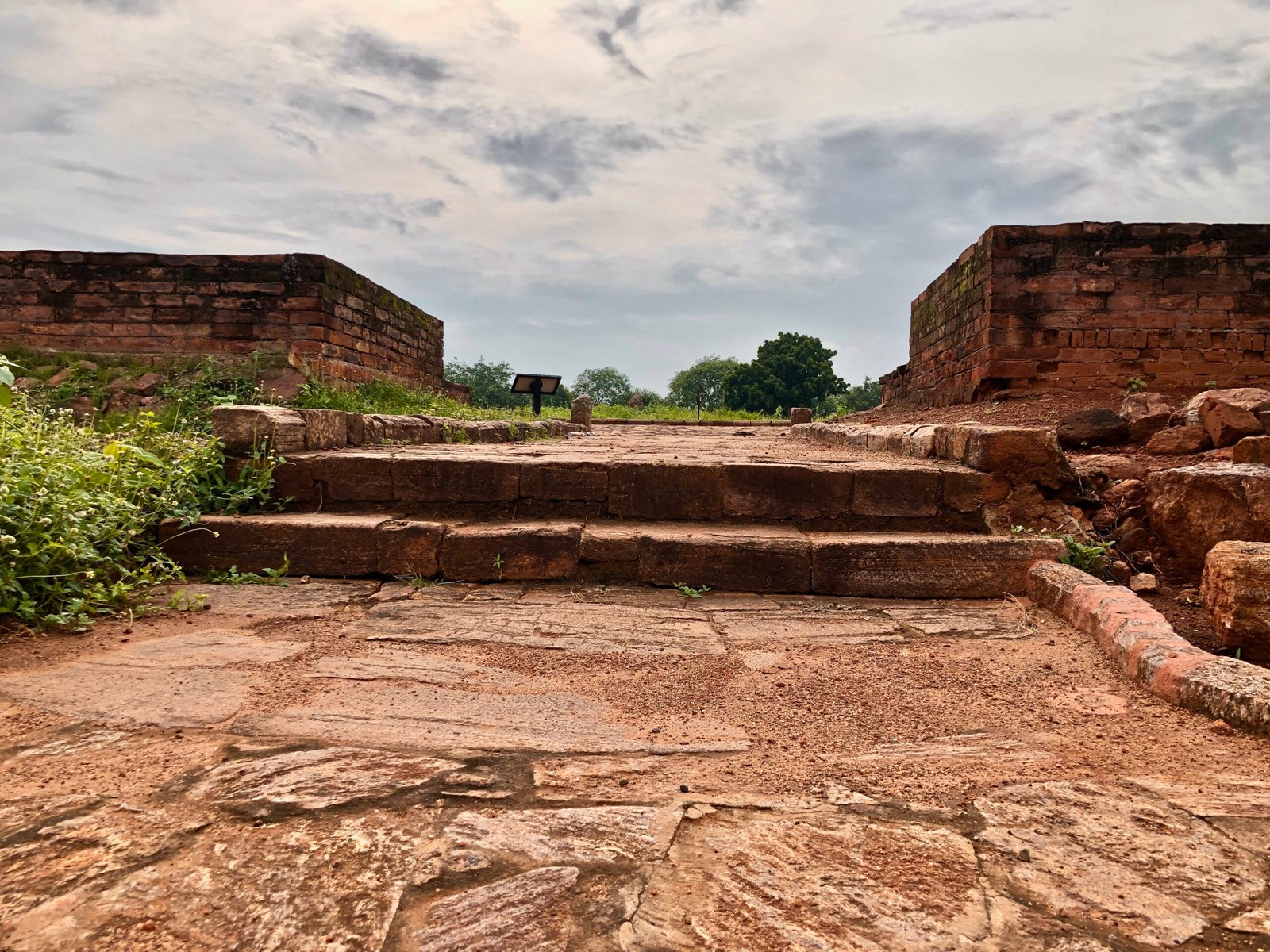
Across the country, efforts are underway to protect and celebrate these ancient roads. Parks, trails, and historic sites honor their legacy, offering places for reflection and adventure. Scientists, historians, and Indigenous leaders collaborate to map, restore, and interpret these paths for future generations. Preserving them isn’t just about nostalgia—it’s about understanding who we are, where we come from, and how we move forward.




